Tag along for our FTC disclosure saga here. The following article was last updated on Nov 22, 2024 ...
Ten Commandments For The ST Ride Leader
Riding motorcycles is pretty much the most fun and interesting thing you can do while wearing waterproof pants, and it's even better with other people. For both group riders and ride leaders, nothing beats grinning and babbling like idiots with like-minded motorcyclists after railing a particularly tasty tangle of twisties.
But a sublime shared riding experience doesn't just happen.
I don't want to get all zen here, but it takes a conscious, continuous effort to create an environment or culture that maximizes and balances enjoyment and safety. You need the proper doses of velocity and lean angle without harshing the mellow with stuff like groupthink, bad vibes, and impromptu dirt sampling.
How To Actually Ride Your Own Ride
A lot of people ride by themselves most of the time, so that's what they're used to and that's when they're safest. The goal of a group ride leader is to recreate that familiar experience as much as possible, yet keep the elements that make riding with pals so much more fun than soloing.
The usual advice along these lines is "ride your own ride". Like most good but vague advice, it's hard to follow. To put "ride your own ride" into action, each rider must do two things: minimize distractions and eliminate deviations for themselves and others.
- Distractions are anything extra a rider has to think about or work around. Are they watching their buddies and not the road? Trying to remember and interpret a bunch of hand signals? Worried the rider in front is going to lowside? Getting hangry? Does their butt hurt? Are they bored spitless? Scared spitless?
- Deviation means anything a rider might do differently just because there are other riders around (also referred to as "groupthink"). That covers a lot of territory, including things like struggling to keep up, clowning for your buddies, pushing past fatigue so you don't slow the group down, or not stopping immediately to fix a problem.
If you're a ride leader, you and your fellow riders can help remove distractions and deviations with the following simple commandments:
I - Thou Shalt Stay The Hell Away From Each Other
This is the number one, inviolable commandment. Space is life. When you're moving, give each other at least a school bus of space. Only share lanes at stoplights. Each rider needs enough room to maneuver instantly as needed in any direction without wasting attention on other riders.
If you wanna be close enough to hold hands, go find a roller coaster. If you wanna ride fast motorcycles, give each other lots of space.
One important factor of maximizing space is to keep the number of riders to an absolute minimum. Three up to about five or six riders is the ideal group size. With more than that, things can start to get cumbersome and you run more risk of damaging each other. For example, U-turns get exponentially more awkward as you add riders.
II - Thou Shalt Pass And Be Passed
This is the logical corollary to "space is life". Don't bunch up. If you're feeling frisky that day, don't crowd the rider in front of you. Intead, hang back a little and pass as soon as you can safely do so.
If you're feeling a little mellower, keep half an eye on your mirrors for the frisky folks, then move over and enthusiastically wave them around as soon as it's safe. Enjoy the show.
Soon, everyone is sorted into the pace they prefer that day and you'll have the lovely spectacle of a line of riders spread out and the spaces between them gradually getting wider ... and safer.
III - The Number Of Hand Signals Shall Be Only Three, And Three Shall Be The Number Of Hand Signals
The less to remember the better. The following three signals are all a ride leader needs while you're moving, and all are pretty obvious so there's not much to remember. If you need to communicate something more elaborate, pull over and use your mouth words and ear holes.
- "We're doing a u-turn" is one finger in the air, twirled in a circle, yippy-ki-yay rodeo style. Yep, I screwed up and made a wrong turn, so spread out, stay sharp and try not to run into each other. This one is necessary (and i've always needed it a lot) because usually I realize I made a wrong turn pretty quickly, so everyone's still a little bunched up. U-turns are a somewhat surprising move, so this is the one essential signal everyone needs to know.
- "Yo, we're going thataway" - Hand signals are not normally needed for turns. That's why we have, uh, y'know, turn signals. But once in a while it's not obvious, or you're coming up on a hidden turn, or you're at a five-way intersection or something, so you have to resort to pointing. If you're turning left, point to the left with your left arm. if the plan is to turn right, left arm straight out, elbow bent 90 degrees, hand straight up.
- "Pass me, you magnificent beast" - A wave around with the left hand. Add creative flourishes of encouragement as you deem necessary.
One other signal is needed on some vintage and dual-sport rides, where the bikes might not have kickstand cutouts: "You left your kickstand down, dipstick" is three quick horn beeps. This quickly turns into a formless group beep-bang, but usually is fairly effective.
IV - Thou Shalt Leave No Rider Behind
Following the above rules, you'll quickly have riders spread out over a mile or more. It's important for the ride leader to strategically re-group and count headlights at stop signs, turns, and towns so everyone knows where they are.
This commandment applies to everyone. All riders are casually sort of responsible for the rider behind them. Don't stare at your mirrors, but a couple of times a mile, take a glance and make sure you can see the following rider's headlight. Maybe slow way down on a straight and wait a bit if you're really getting away.
If the following rider doesn't re-appear after a decent interval, stop somewhere safe and wait a bit. I usually give this a minute or two, then turn around and go see if they need help. That's enough time for someone to stop and put on a sweatshirt or make an undergarment adjustment.
If there is some real problem and everyone follows this protocol, pretty soon you'll have everyone gathered around, and maybe, just maybe, one of you remembered to bring a tire patch kit.
The "no rider left behind" policy is why it's also important for anyone leaving the ride to tell others beforehand. If you're going to peel off at the interstate, make sure the rest aren't wondering where you went and dredging the ditches. A simple warning ahead of time and a jolly farewell wave are usually sufficient.
V - Thou Shalt Always Bear In Mind The Big Picture
It's simple and obvious, but the ride leader needs to also know where you're going. I'll save a discussion of route planning, wayfinding, GPS options and such for another post.
Even if you're just following a blue line on a GPS, it's important to stay oriented in time and space in a larger sense. That means having a good mental picture of where you are at all times.
Example questions for the big picture general plan: Are you crossing a river or interstate soon? How long until you'll need gas? Do you have another 20 minutes of flatlands before you hit the twisties? What's a good point where people could shortcut the route if they're done for the day? If you're on the west side of a mountain and the hotel is on the east, what are the alternate routes back and how long might they take?
Weather is another reason to carry the big picture in your head. If you're always aware of where you are and what direction you're headed, flexible about your route, and keep a close eye on the sky and wind, you can often dodge rain and passing storms (or at least judge when to hole up for a bit and let a storm blow over).
The ride leader also needs to be able to maintain an interesting pace. That doesn't mean you need some knee-down, drag out struggle to decide who's "fastest". But the rider in front does need to be able to stay out of everyone's way for the most part. Boredom is one of those "distractions" we're trying to avoid.
VI - Thou Shalt Choose Thy Velocities Rationally
Let's talk about speed, baby.
Speed is a bit of a taboo subject. To be clear, competitiveness has no place on a street ride, especially one that proceeds at an, uh ... entertaining pace. But some of us are red-eyed, nail-biting, slobbering lean angle addicts whereas others prefer a more casual pace.
Since we're on a sport touring focused website, we'll go ahead and assume most folks are more in that "lean angle" camp, preferring more elevated velocities than your average poker run putt-putt.
Let's start with something interesting about brisk street riding: Highly skilled riders will make very nearly the exact same decisions in most situations, no matter what motorcycle they're riding.
That's mainly because street threats like chihuahuas, bovines, bovine byproducts, buicks, mailboxes, and gravel all behave about the same no matter what bike you're on. There's only so much traction your circle can (or should) expend on the street.
On pavement, the differences between bikes don't matter much. Note the diversity of machinery in the ride documented in my last article. Everything from a 35hp KLR650 to 1200cc über-beasts rode the same routes all day and had a grand time, and we didn't have to wait long at all for anyone. On a track, sure, we would have been all over the place. On a molto rapide street ride, our decisions and our velocities were remarkably similar.
There's an old saying along these lines ... "speed follows the rider, not the bike". With highly skilled riders on the street, speed follows the limits of the environment far more than the bike.
VII - Thou Shalt Stop About Every 90 Minutes
This is just a rule of thumb that works for most groups, but as a ride leader, I've found that stops every 60 - 75 miles work best. With dual-sport rides, this can be as few as 25-40 miles. If you've all agreed to just grind through an unpleasant slice of slab, this can go as high as 120 miles or more depending on gas tank capacity. Older or newer riders might prefer to stop every hour.
Afternoon stops often end up closer together as riders get tired. So a nice long brisk day would be one or two morning stops, lunch, then two or three stops in the afternoon. Depending on the twistology factor and the length of the day, that's anywhere from 150-300 twisty miles in a route, more if you're traveling and significant slabs of interstate are on the menu.
VIII - Thou Shalt Observe The State Of Thy Flock
When you arrive at a stop sign or pull off the helmets at a gas station or rib joint, what you want to see is a state of attentive bliss. Seal clapping, gloved high-fives, happy incoherent babbling, and similar expressions of joy are great.
Frowns, red eyes, shaking hands, anger, thousand-yard stares, and cornstalks caught in the frame are danger signs that need to be addressed immediately.
At stops, ride leaders should quickly and quietly check in with each rider. Mention the probable time to lunch or the hotel, make sure they're safe and happy. Ask riders you know well to keep an eye on things, too. Also be aware that heat, cold, and rain also add to the "emotional load" and stress each rider feels. adjust your plans as needed.
Emotional danger signs include:
Mistakes
Obviously, you can't spot riding errors from up front unless things really go wrong, but there are still signs. Maybe a rider who suddenly slows way down, keeps looking at or fiddling with their bike, or looks shy, isolated, or angry is starting to make mistakes and needs a break. Often riders who have scared themselves will say things like "man, I almost lost it back there", or start asking "how far" more often if they're getting tired. Pay attention to other riders. Oftentimes a rider having trouble has a buddy who hangs back with them, and sometimes other riders will express concern.
Harshing The Mellow
If someone is getting upset, or mad at you or other riders, it's a giant red flag. Time to stop immediately and address the situation. Even if it gets personal, bear in mind that anger is often how fear is expressed. Most often, anger or other negative vibes stem from a rider who's in way over their head in some way. They're trying too hard to "keep up", or maybe they're tired, or hungry, or lost. Watch for changes in mood, isolation, shaking hands, loud complaining, and similar signs of emotional distress.
Fatigue
Watch for signs of exhaustion, like helmet down on the tank at stops, red, baggy eyes, or flopping into the grass at filthy gas stations (ew). Sometimes it's a side effect of strong beverages the night before, or they had trouble sleeping. Time for a rest and some hydration, maybe some caffeine.
Discomfort
If you start seeing more squirming and stretching at stop signs, or riders standing up to ease their aching buns or doing pee-pee dances, it's likely getting time for a stop. Watch for signs of increasing discomfort as the day wears on, and try to space stops a little closer together.
IX - Thou Shalt Freely Offer And Encourage Tapouts
As the route allows, make sure you mention possible shortcuts to the night's lodgings whenever possible. Maybe you're crossing an interstate, or you're just about to start a loop you could cut off.
If a rider (or the whole group) decides to tap out, applaud their wise decision, give them directions and/or a map, and maybe assign them the beer shopping list. We all hate to miss good riding, so when a rider decides they're done for the day, they have a damn good reason.
X - Thou Shalt Keep Thy Flock Informed
Some people want maps, GPX tracks, turn lists, and prefer to know exactly where they are and how far they're riding. Some prefer to bliss out and just enjoy the zen of the moment, trusting you to lead them wisely down twisty paths.
Most are somewhere in between, so gauge what they want to know and adjust accordingly. After a few hours most riders start wondering when and where lunch will be, and later in the day most will want some idea of when they'll reach the hotel.
I normally also carry a few copies of paper maps. They're handy for giving directions to tapouts. Showing a map is also a good way to make riders more comfortable with where we are and where we're going. It's best if every rider has a paper state map and some basic ability to get back to the barn. Great riding often means poor cell coverage, so don't count on that phone to navigate.
Bonus Commandment XI - Lawyers Gotta Eat
Here's a handy rapid rural riding pro tip: Time for lunch and you're in the middle of nowhere? Scan the horizon for the largest water tower. Nearby, you'll find a town, often the county seat. At the center of that town will be the town square and the county courthouse.
Across from the county courthouse will be at least one excellent local restaurant that has been catering to the legal profession for many years.
Leading a sport touring ride is always challenging but it's also always interesting and rewarding ... and the happy grinning and babbling of my fellow lean angle addicts seems to make it all worthwhile every time.
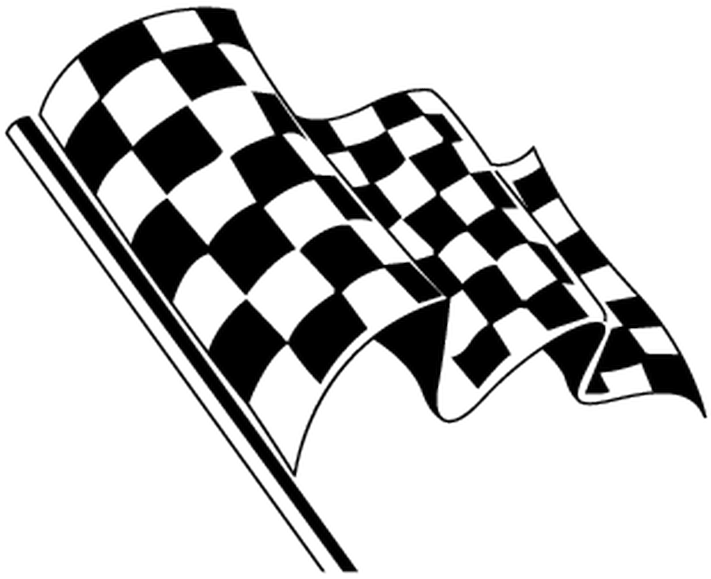
What Are Your Favorite Ride Leader Methods?
These are a few solid tips for leading a motorcycle ride. What might you add to group riding safety? How would you go about it and why? Your input is invited. Leave a comment and/or write an article!
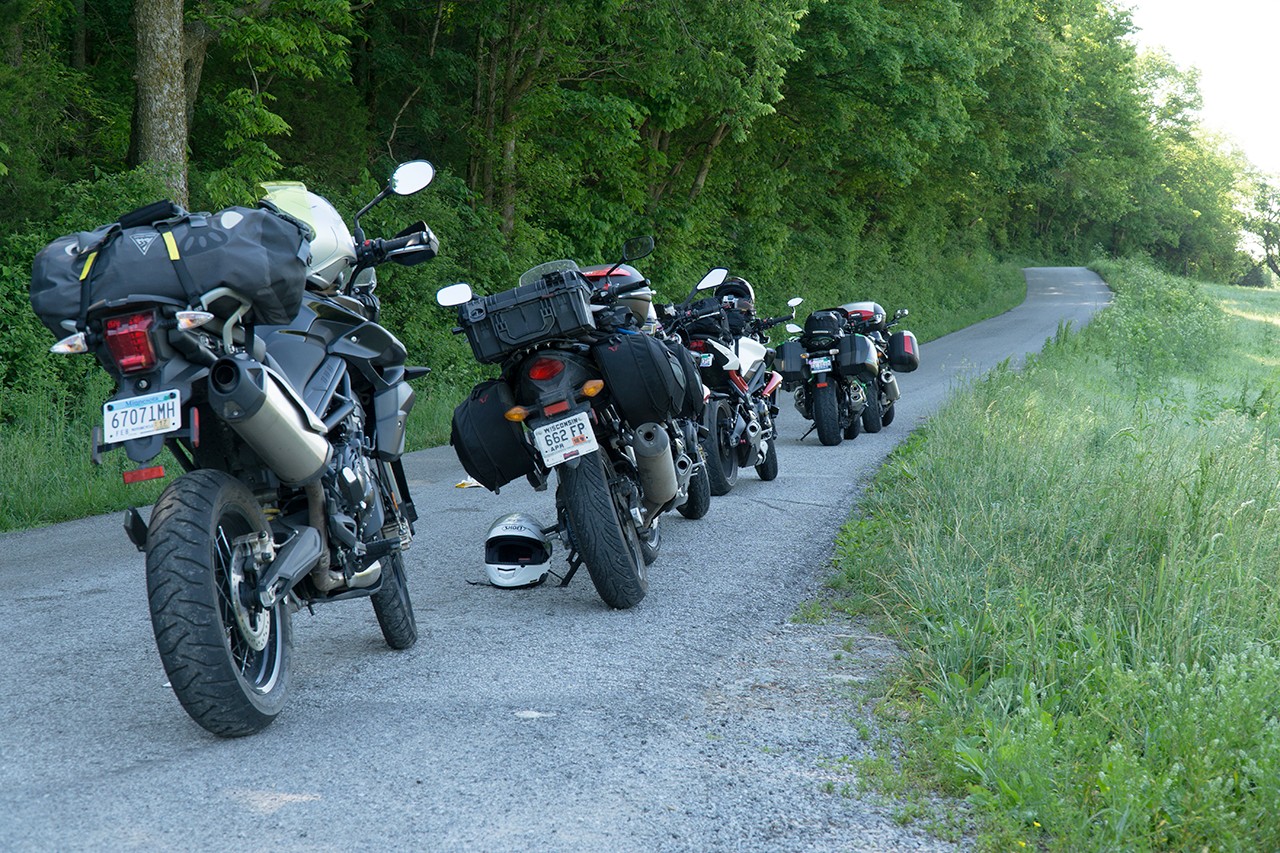
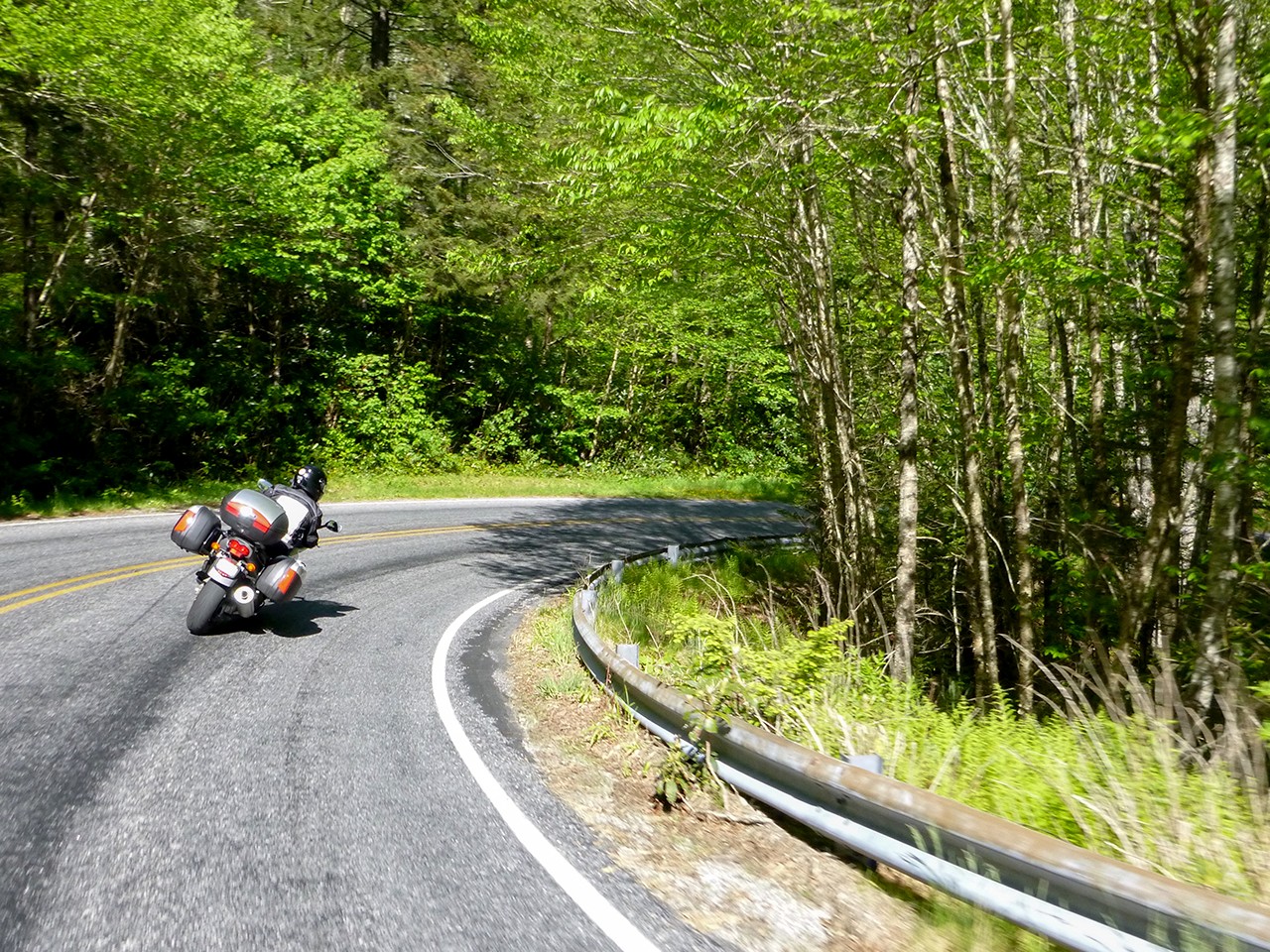
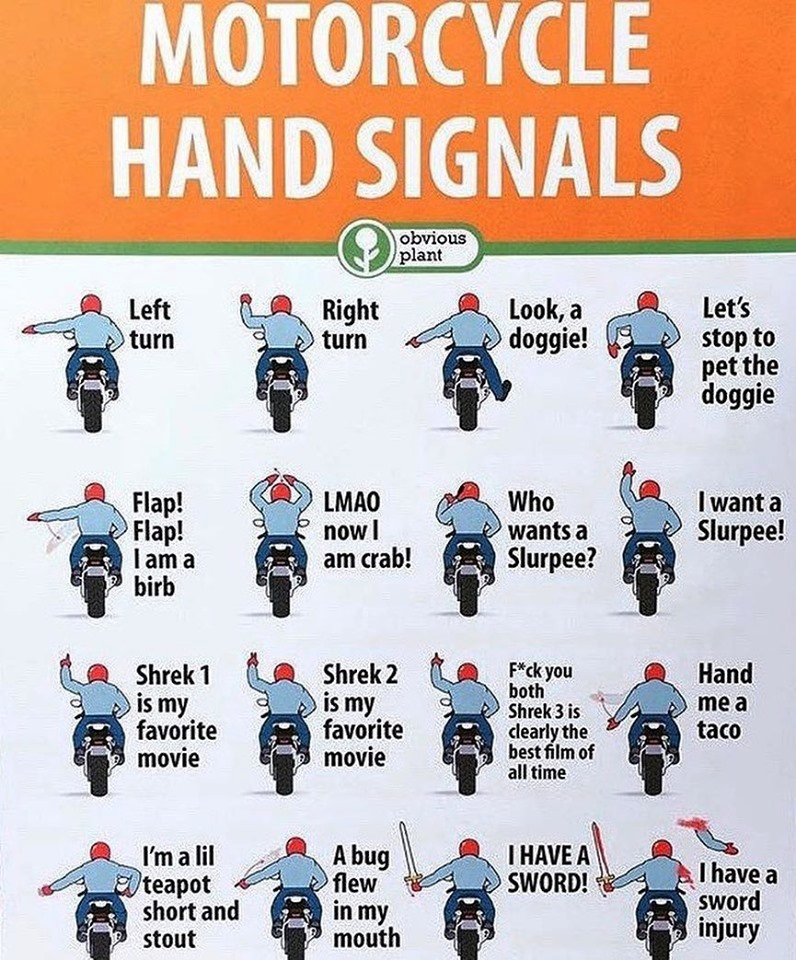
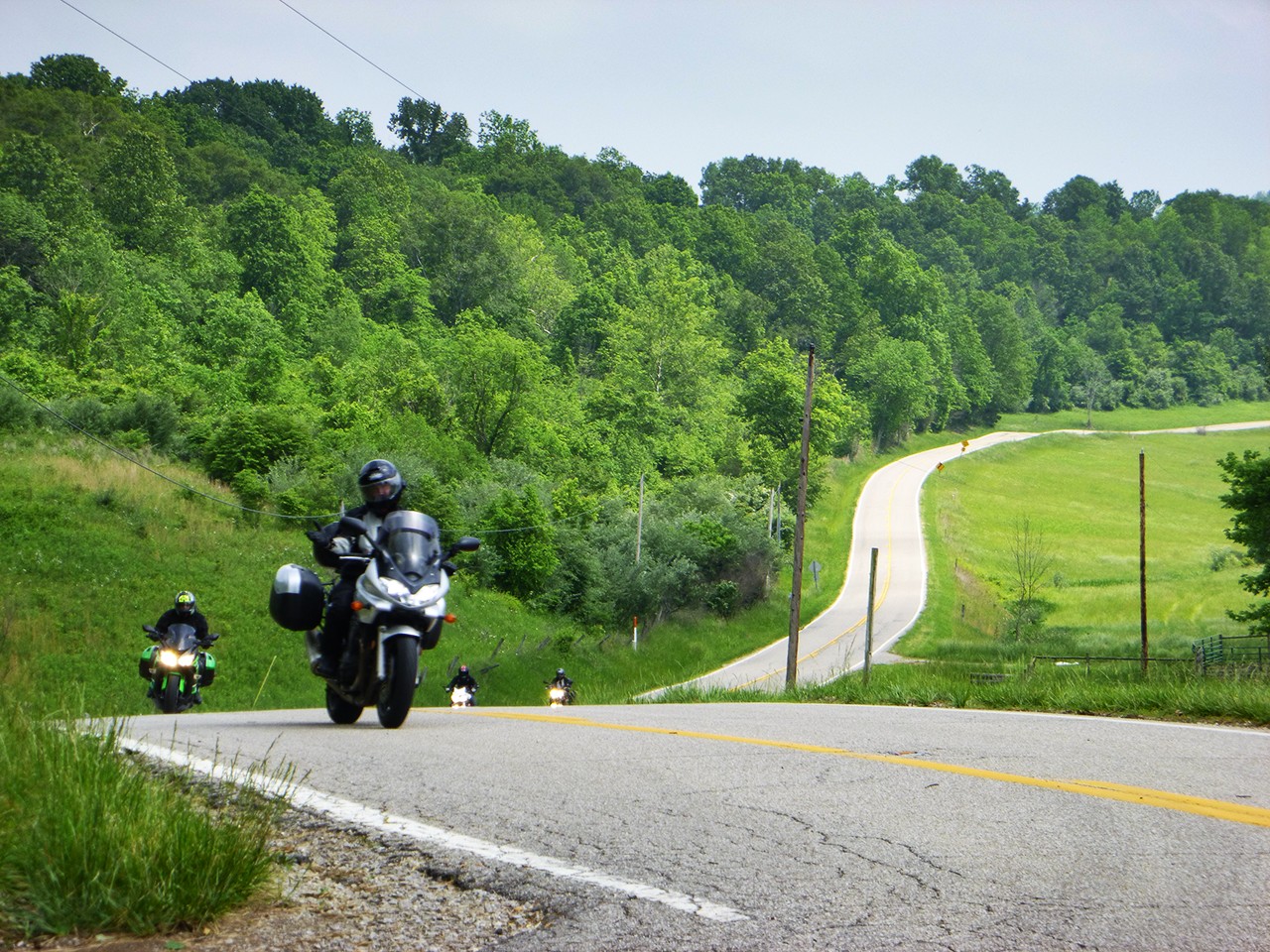
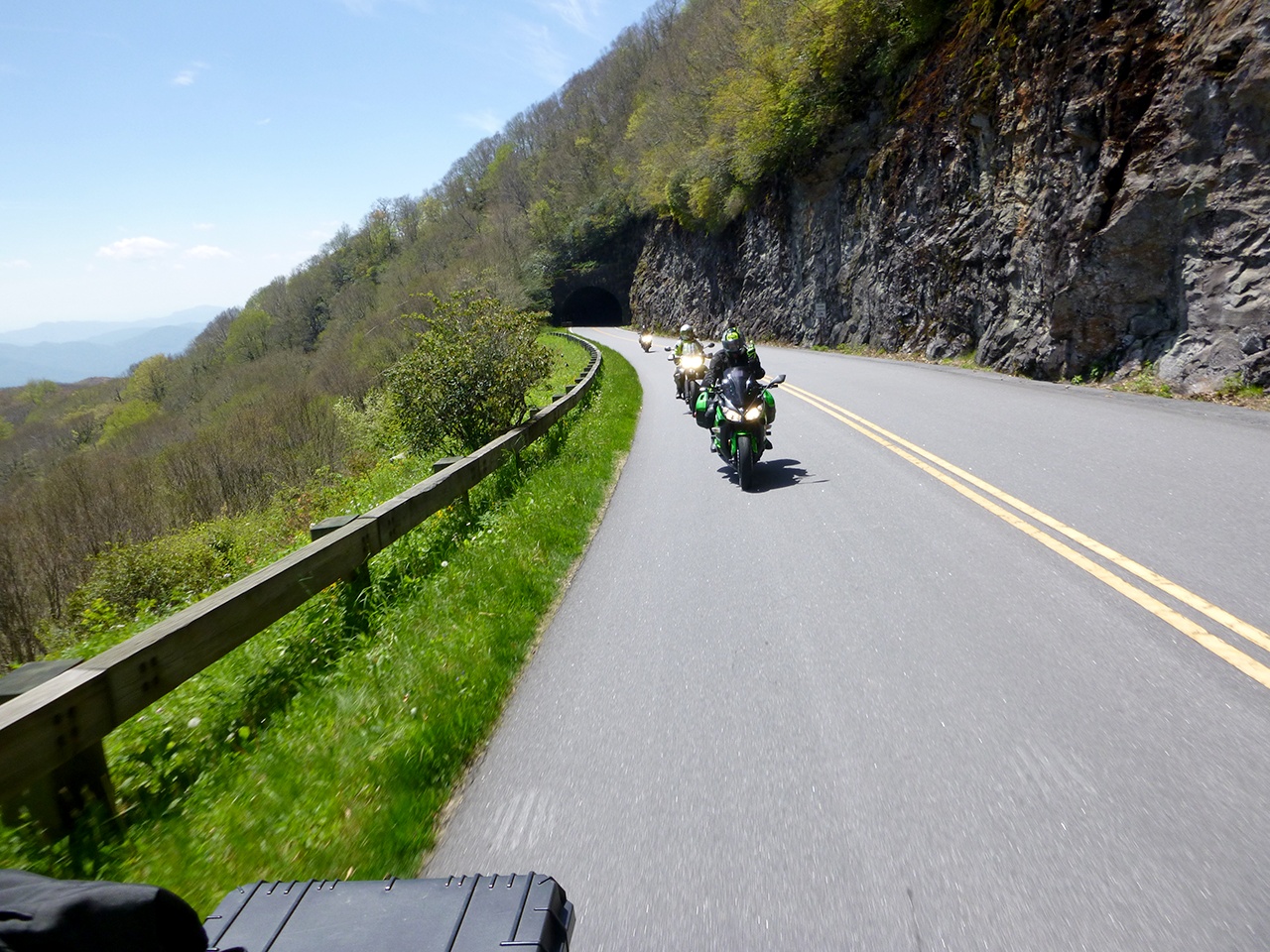
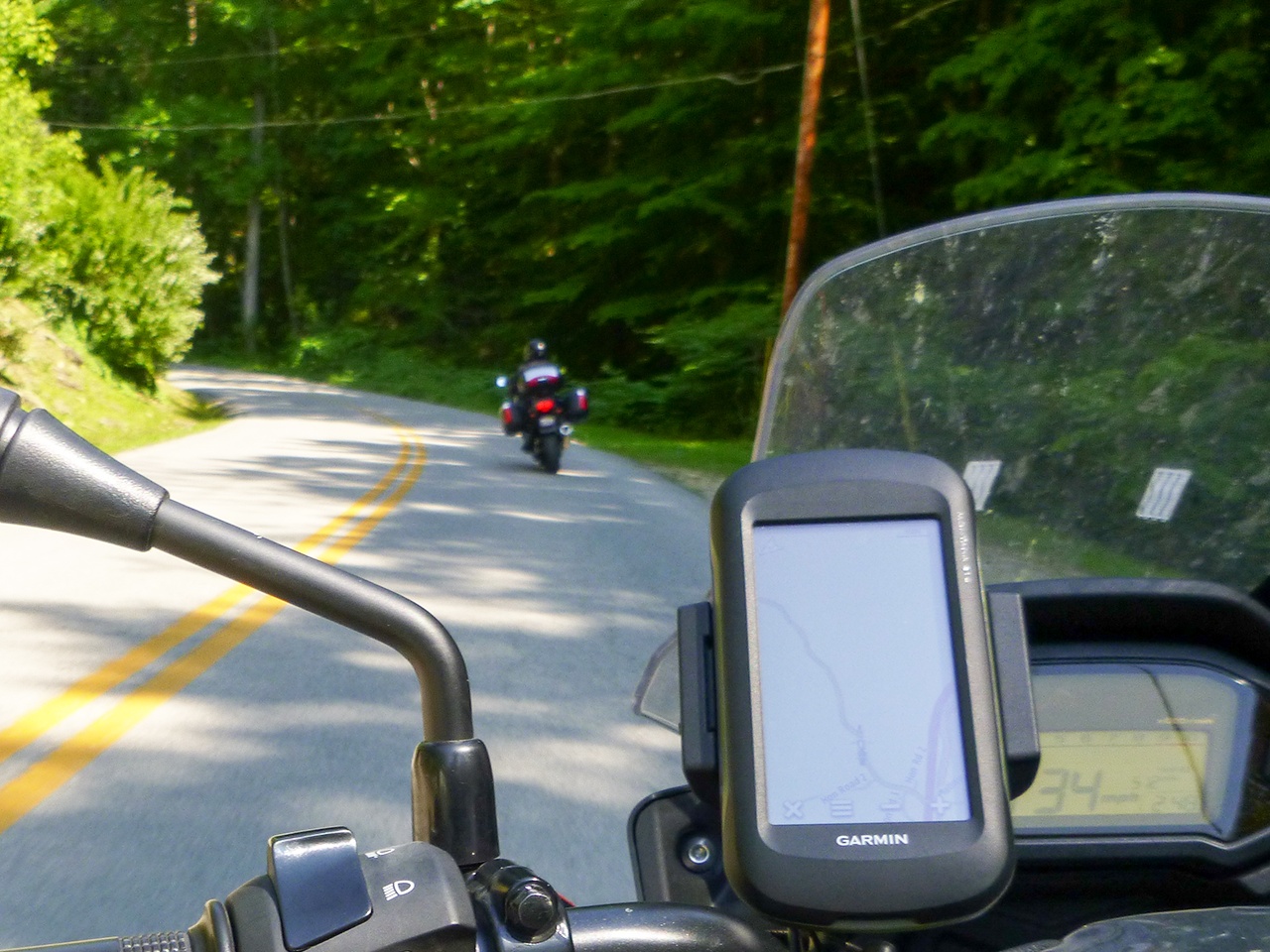

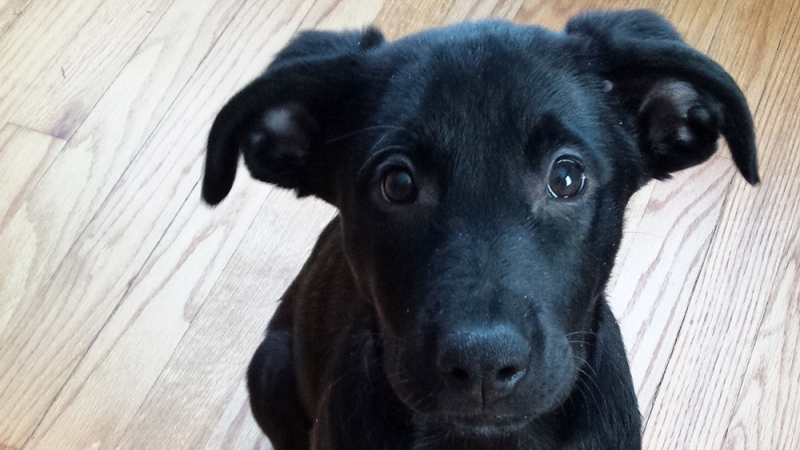

Comments
Great post, Mr. Wringer!
You and I were emailing back & forth comparing notes. I thought I'd list my alternate check boxes here. Anyone reading this, understand that Brian himself inspired most of TRO's "keep it simple" group touring format - AND - has played ride leader to almost every one of our authors!
With that ...
- We emphasize using a two-second minimum following distance. The faster you're travelling, the more distance is necessary for braking. It should take (at least) two seconds to pass the very same object as the rider in front of you, be it a street sign, driveway or tree.
- Passing is suppressed until either a) the rider ahead of you waves you by or b) the passer has done everything they can to make their intention to pass known and the rider ahead simply isn't paying attention. After that, pass with 100% safety in mind so as not to startle the rider ahead.
- I'm totally with you on the hand signals! We give the full MSF catalog to each of our signups. That gives them something to do while we're waiting for the "sidestands up" date.
- Thou shalt leave no rider behind ~ until they have roadside assistance of their own conjuring. In the case of bent rims and cracked engine blocks, we all wait for the tow truck and confirm knowledge of their destination. After that, "see ya!"
- We stop after the first 30 minutes ... because coffee. After that, assuming the roads are paved twisties, we expand to a 60/60 (miles/minutes) rule. Those stops alternate between 5 & 20 minutes for less & more stretch time.
... not too far off from what you've inspired in your fellow authors over the years!
Very good article just linked it to one of my riding group for discussion. Thanks